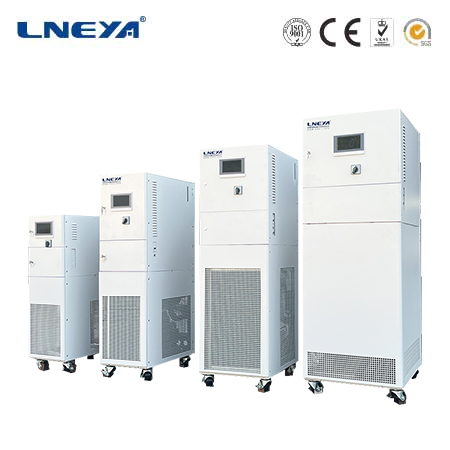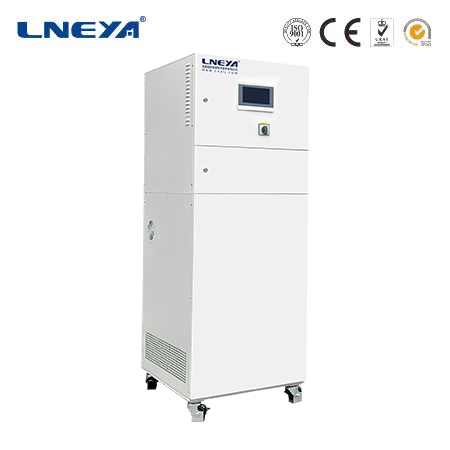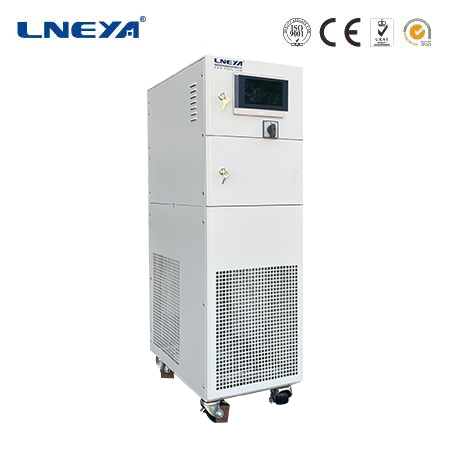temperature chiller
Understanding Temperature Chillers
Temperature chillers are mechanical devices designed to remove heat from a fluid, maintaining a desired temperature for various applications. They are widely used in industries such as manufacturing, pharmaceuticals, food and beverage, and data centers, where precise temperature control is crucial.

- Types of Temperature Chillers
Temperature chillers can be categorized into several types based on their cooling methods and applications:
Air-Cooled Chillers: These chillers use ambient air to cool the refrigerant. They are easy to install and maintain, making them suitable for small to medium-sized applications. However, they may produce more noise due to fans and compressors.
Water-Cooled Chillers: Utilizing water as a cooling medium, these chillers are more efficient than air-cooled models and are commonly used in larger facilities. They require a cooling tower or a water source to function effectively.
Absorption Chillers: These chillers use heat sources, such as natural gas or steam, to drive the cooling process. They are ideal for applications where waste heat is available, making them energy-efficient.
Recirculating Chillers: Designed for laboratory and industrial applications, recirculating chillers maintain precise temperature control and can achieve sub-ambient temperatures, making them suitable for sensitive processes.

- Applications of Temperature Chillers
Temperature chillers are utilized in various sectors:
Manufacturing: They are essential for cooling machinery and processes, preventing overheating and ensuring operational efficiency.
Data Centers: Chillers maintain optimal temperatures for servers and IT equipment, preventing downtime and system failures.
Food and Beverage: In this industry, chillers are used to keep products at safe temperatures during processing and storage.
Laboratories: Temperature chillers provide precise cooling for experiments and equipment, ensuring accurate results.
- Efficiency Considerations
The efficiency of temperature chillers is influenced by several factors, including:
Cooling Load: Properly sizing the chiller for the specific cooling load is crucial for optimal performance.
Temperature Set Points: Maintaining appropriate chilled water supply and return temperatures can enhance efficiency. For example, increasing the chilled water supply temperature can improve chiller efficiency by raising the refrigerant evaporating pressure, thus reducing power consumption.
Regular Maintenance: Routine maintenance, including cleaning condenser coils and checking refrigerant levels, is essential for maintaining efficiency and prolonging the chiller’s lifespan.

- Market Trends in Temperature Chillers
The temperature chiller market is experiencing growth due to several trends:
Increased Demand for Energy Efficiency: As industries seek to reduce energy costs, there is a growing preference for high-efficiency chillers that consume less power.
Technological Advancements: Innovations in chiller technology, such as the use of natural refrigerants and smart controls, are enhancing performance and sustainability.
Expansion in Emerging Markets: Rapid urbanization and industrialization in regions like Asia-Pacific are driving the demand for temperature chillers, particularly in commercial and residential sectors.
- Technological Innovations
Recent advancements in chiller technology focus on improving efficiency and reducing environmental impact. Some notable innovations include:
Smart Controls: Modern chillers are equipped with advanced control systems that optimize performance based on real-time data, improving energy efficiency.
Natural Refrigerants: The use of environmentally friendly refrigerants is becoming more common, aligning with global sustainability goals.
Predictive Maintenance: Technologies that monitor chiller performance and predict maintenance needs help prevent failures and reduce downtime.
Conclusion
Temperature chillers play a vital role in various industries by providing essential cooling solutions. Understanding the different types, applications, efficiency considerations, and market trends can help users make informed decisions when selecting a chiller. As technology continues to evolve, the focus on energy efficiency and sustainability will shape the future of the temperature chiller market.
Related recommendations
temperature control machine
217IntroductionA temperature control machine, also known as a thermostat, is a device designed to maintain a specific temperature within a given environment. It plays a crucial role in various indus...
View detailschiller cycling
432Introduction Chiller cycling is an important aspect of the operation of chiller systems. It involves the repeated starting and stopping of the chiller unit in response to various factors withi...
View detailsair cooled chiller refrigerant
360Air-Cooled Chiller Refrigerant Systems: An In-Depth Analysis Air-cooled chiller refrigerant systems are widely used in industrial and commercial applications for cooling fluids, primarily water...
View detailsmulti stack chillers
687Introduction to Multi-Stack Chillers Multi-stack chillers, such as those offered by Multistack, are innovative HVAC solutions designed for scalability and efficiency. These chillers are particu...
View details
 LNEYA Thermal Test Chillers
LNEYA Thermal Test Chillers






HelloPlease log in